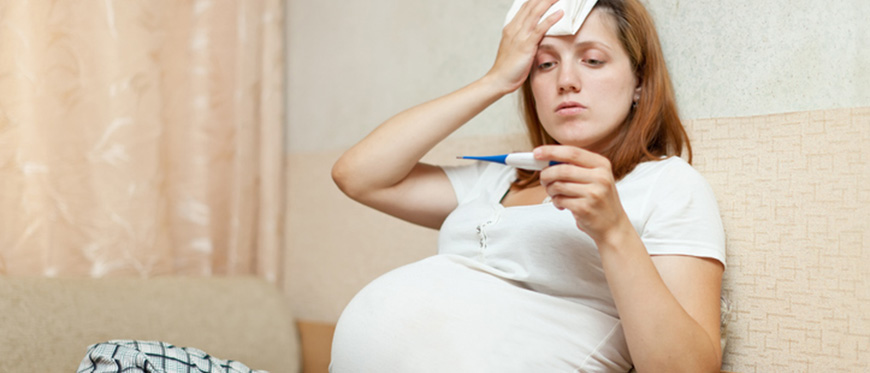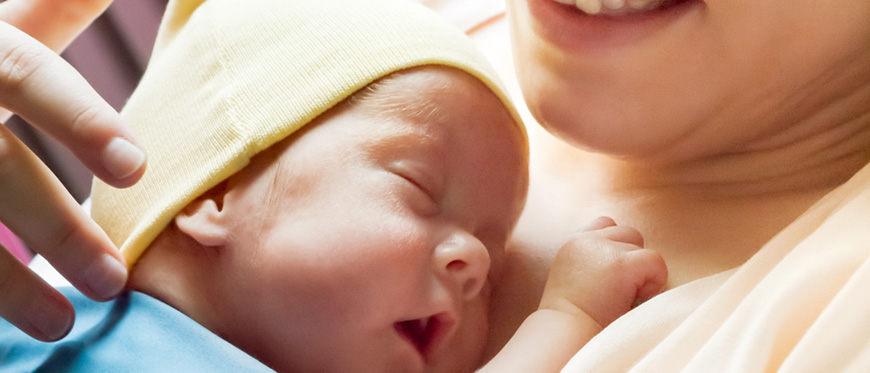Having a baby changed your life in more ways than you might’ve imagined.
Whether your little one arrived five days or five years ago, you might have noticed you’re experiencing stress incontinence—a small (or not-so small) leakage of urine when you sneeze, cough, laugh or jump. You might also have trouble getting to the bathroom in time.
You realize other moms have the same issue, but thought it was just part of what happens as your body returns to its pre-pregnancy state. You might have been forced to make lifestyle changes—wearing pads, stopping an activity you love because of leakage, planning trips around bathroom stops.
But what if this didn’t have to be part of “the new you?” What if you could improve or even prevent that leakage?
Incontinence is often caused by weak pelvic floor muscles, which act like a sling supporting the pelvic and abdominal organs. These muscles can be weakened during delivery or throughout pregnancy as they stretch to support your growing child.
Coping strategies
To regain some control over the situation, start by keeping a bladder diary. Record what you drink and how much, what times you urinate, and when you leak. This can help pinpoint patterns.
Common triggers for incontinence and overactive bladder include caffeine, carbonation and acid (lemon, vinegar or tomato, for example). Try limiting your intake of each to see if you notice any changes, but don’t limit liquids altogether. As counterintuitive as it seems, drinking more water can actually help by diluting urine, preventing it from irritating the bladder. On the flip side, decreasing fluid intake in the afternoon, after say 4 or 5 pm, may prevent nighttime incontinence.
When to Seek Help
If these changes aren’t enough to curb the problem, physical therapy (PT) is another option. PT can help strengthen pelvic floor muscles and eliminate or significantly decrease stress incontinence. It all starts with an evaluation by a physical therapist in a private treatment room.
The exam will include portions of a typical PT evaluation, including assessment of leg and trunk strength and range of motion. It may also include an internal/external vaginal/rectal examination (similar to a gynecological exam) or biofeedback (surface electromyography), which records pelvic floor muscle contraction and relaxation. Learn more about physical therapy for incontinence.
Call 371-4242 to learn how a physical therapist can help you get you get back to being a new, improved version of “the good old you.”





